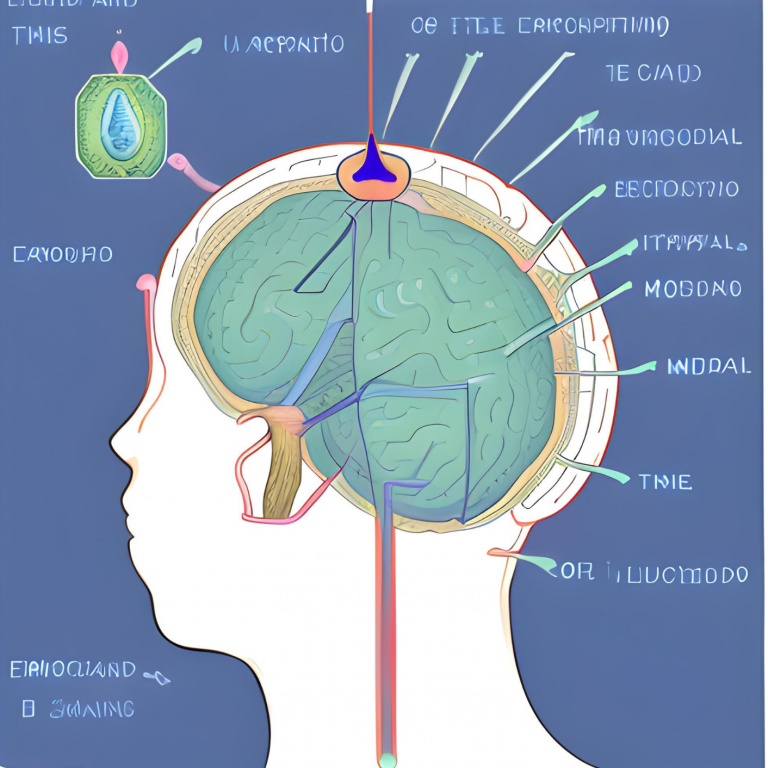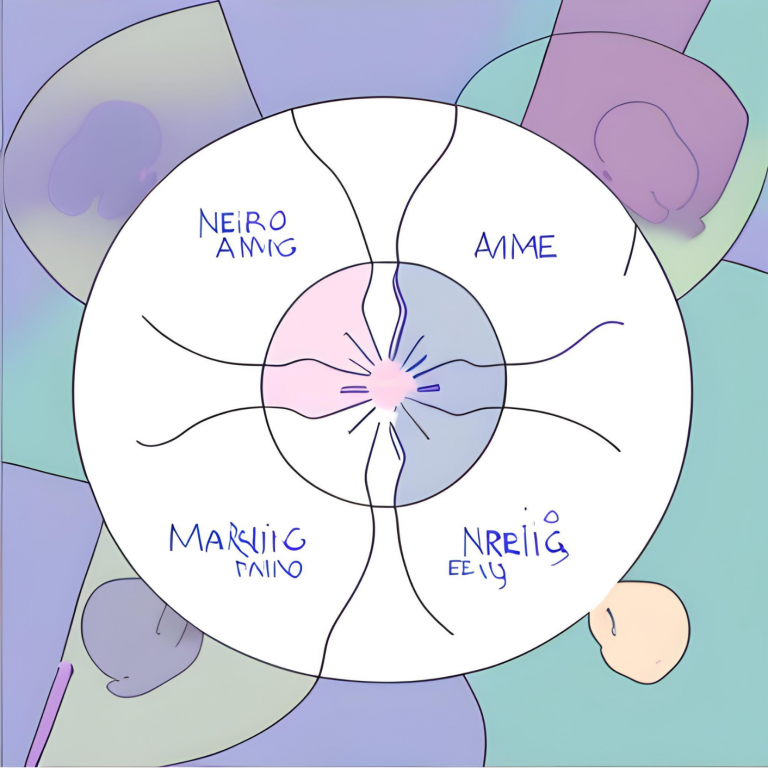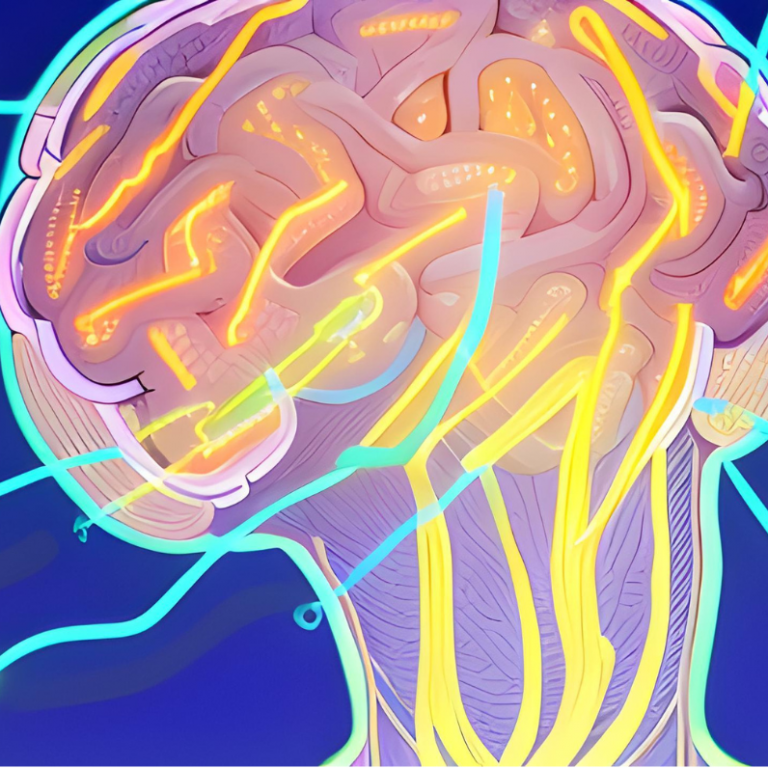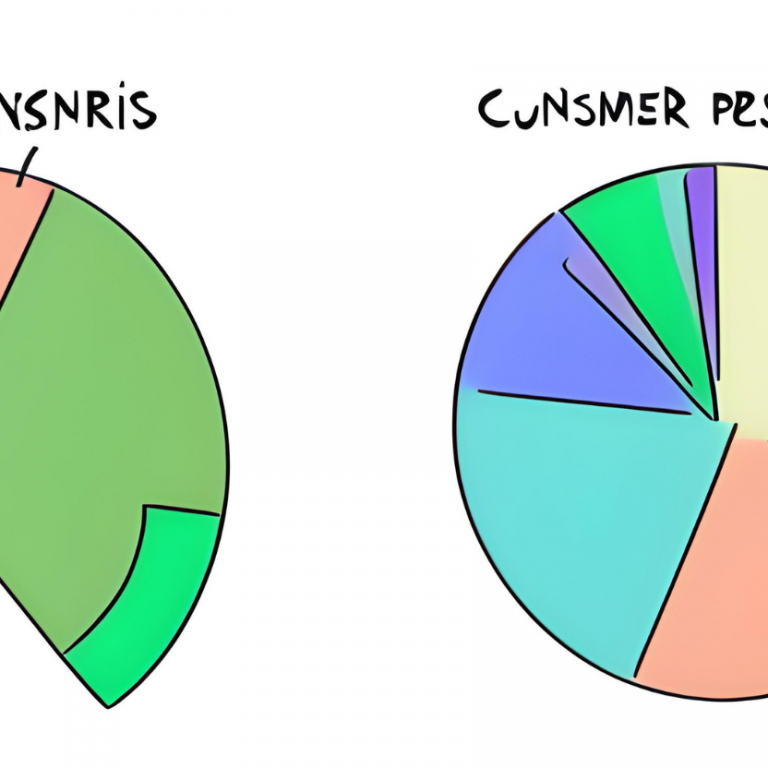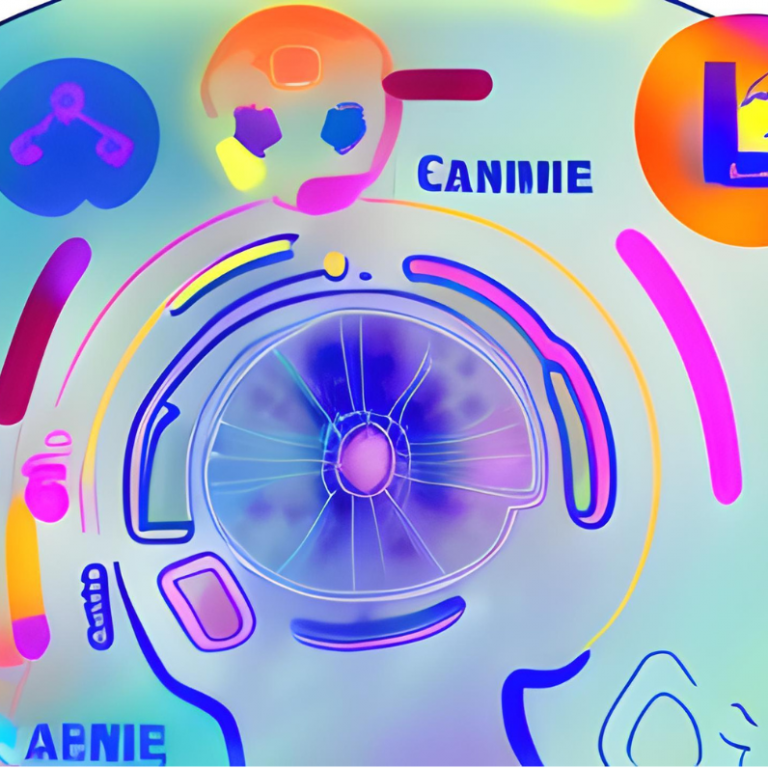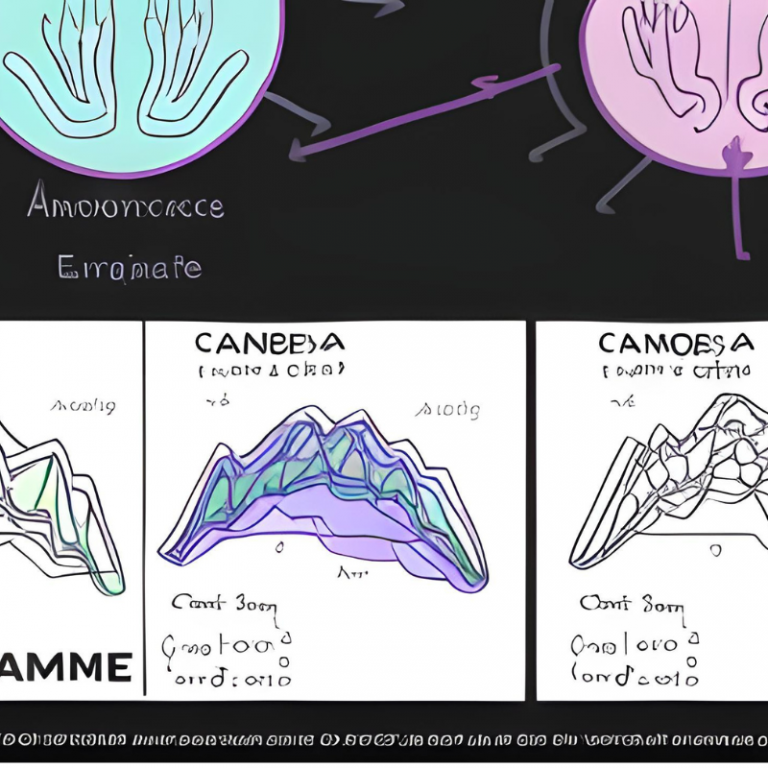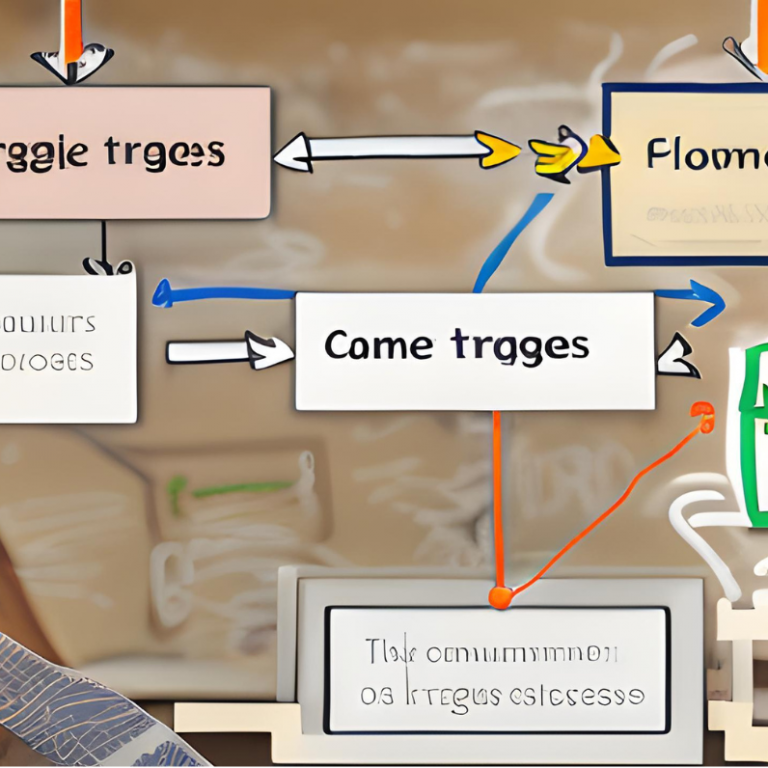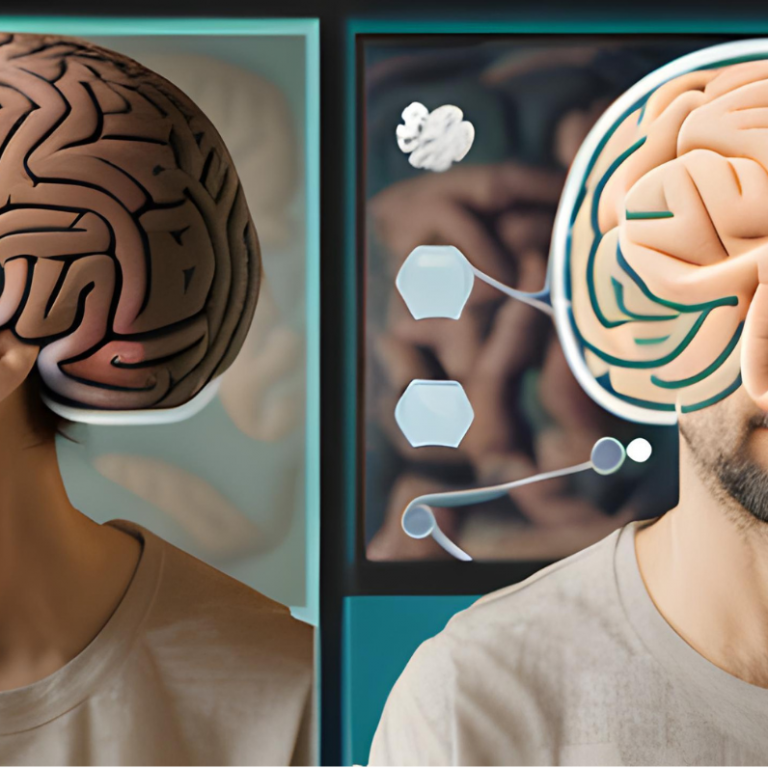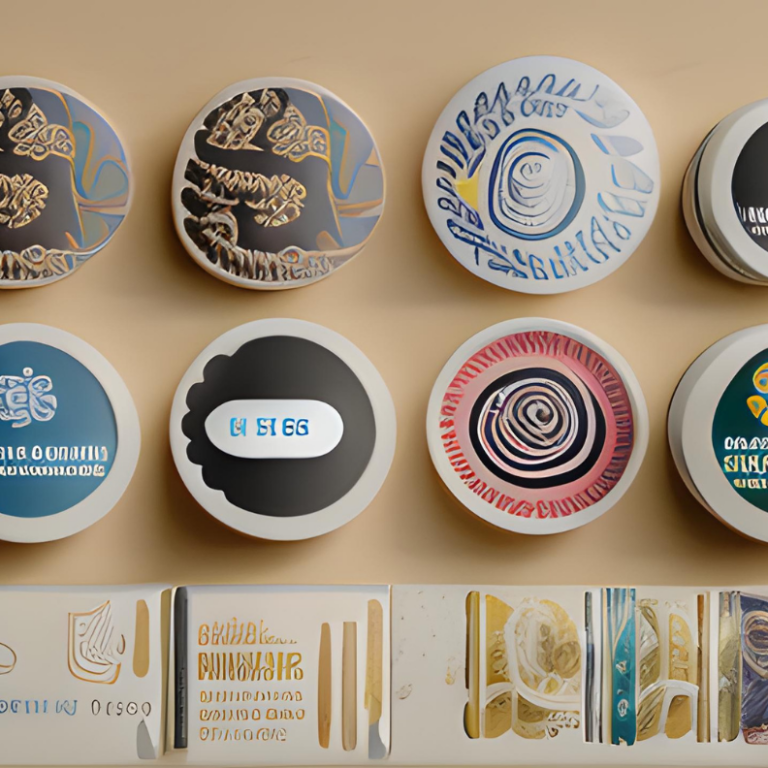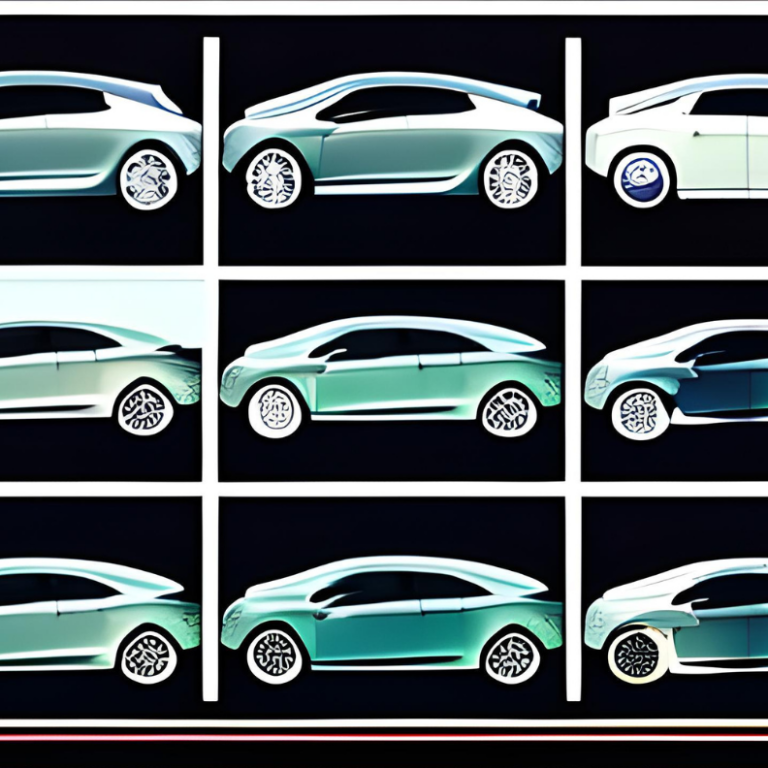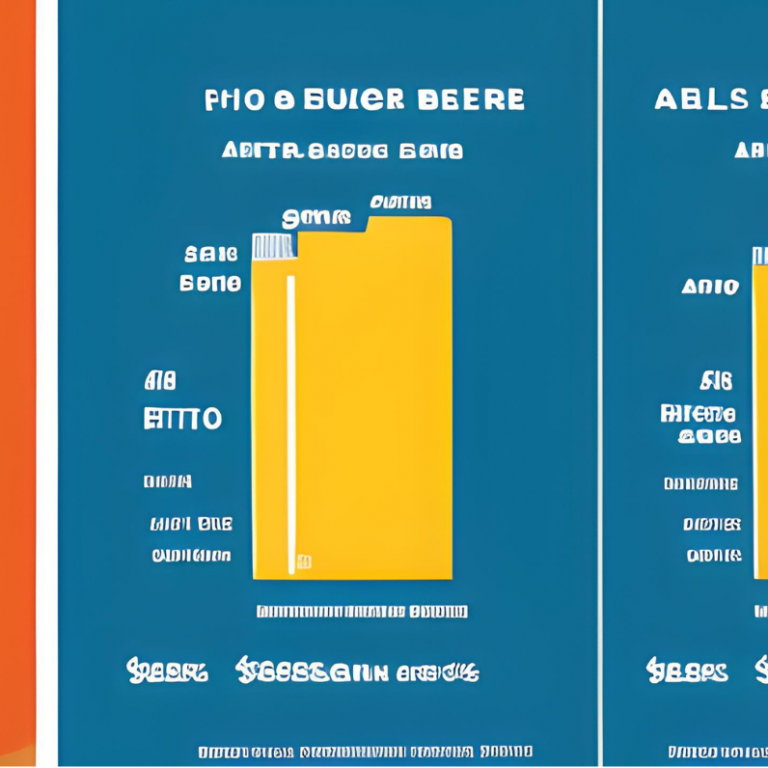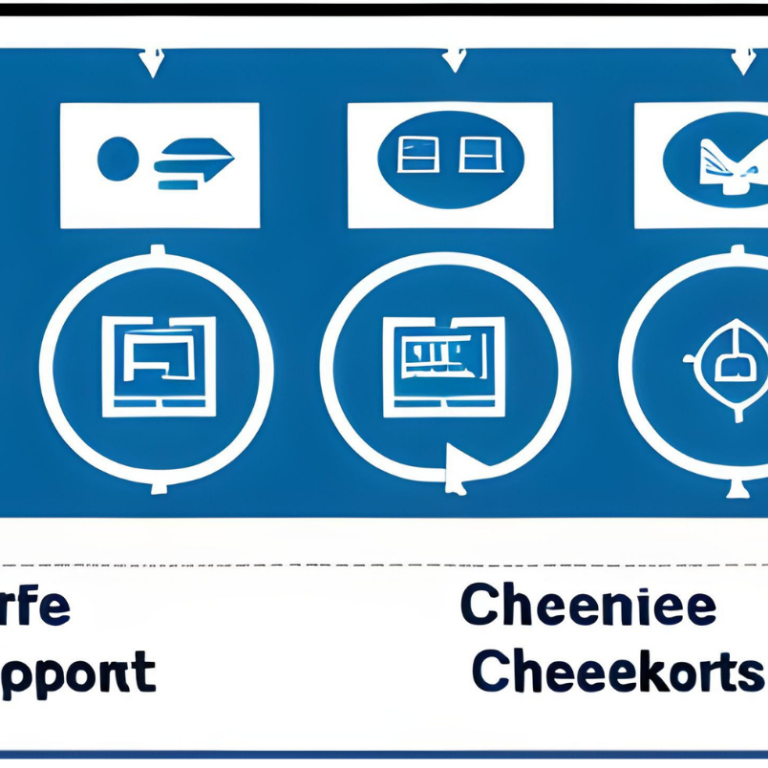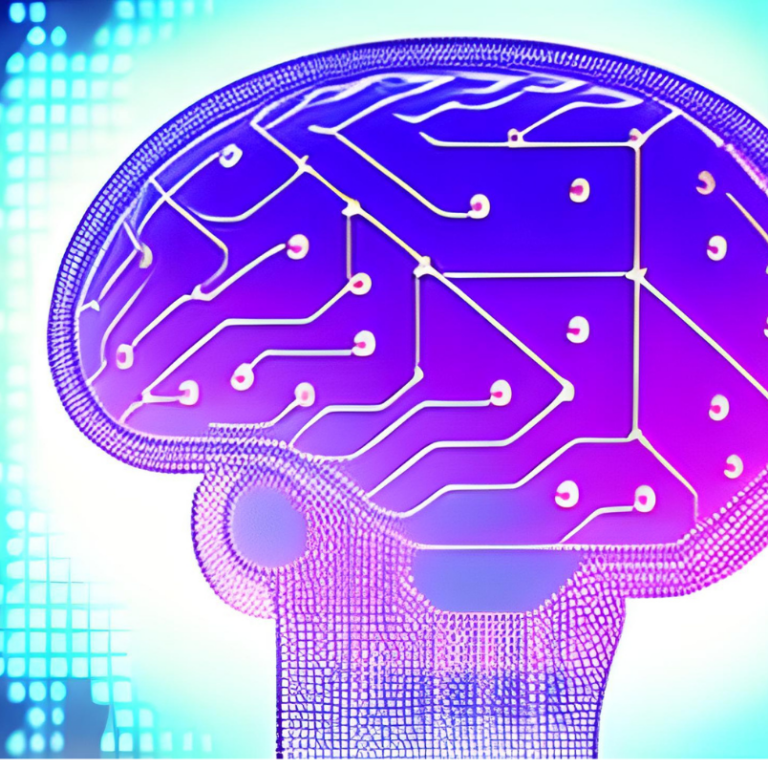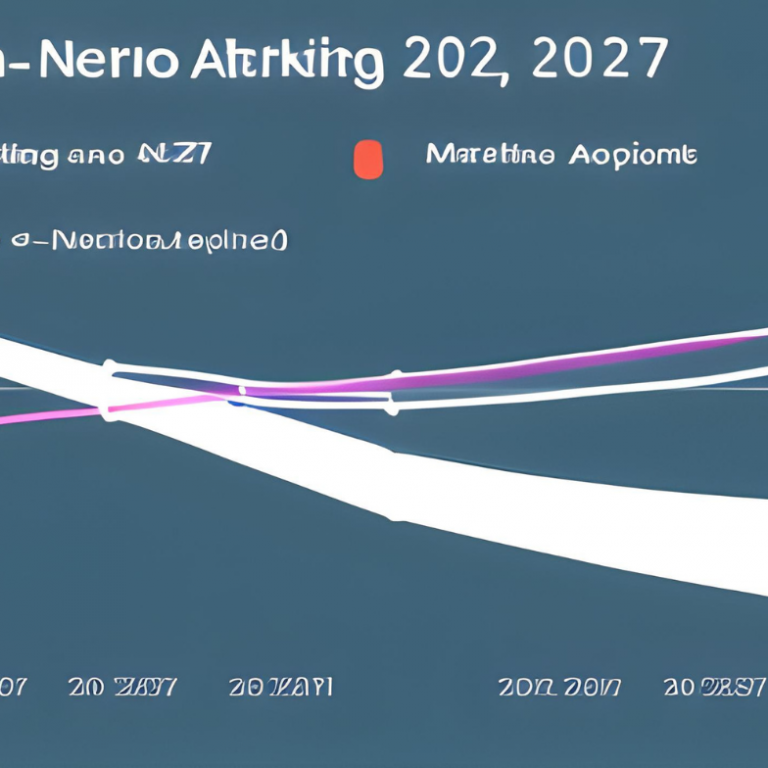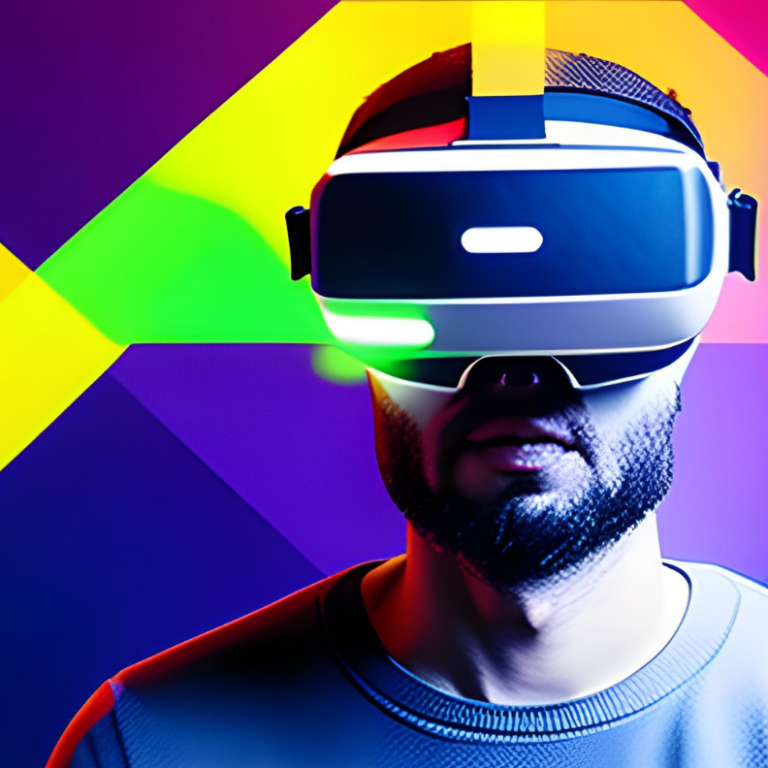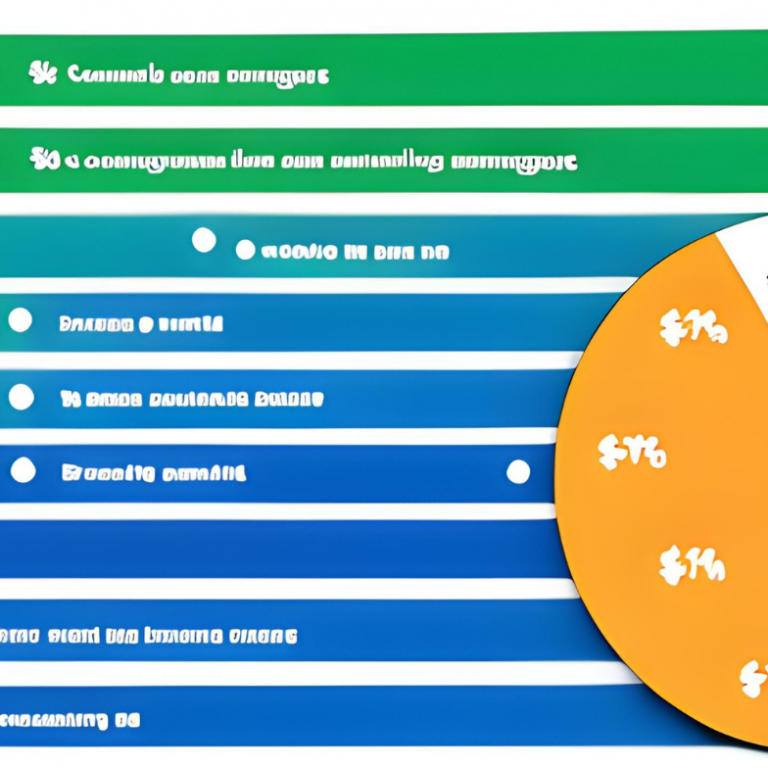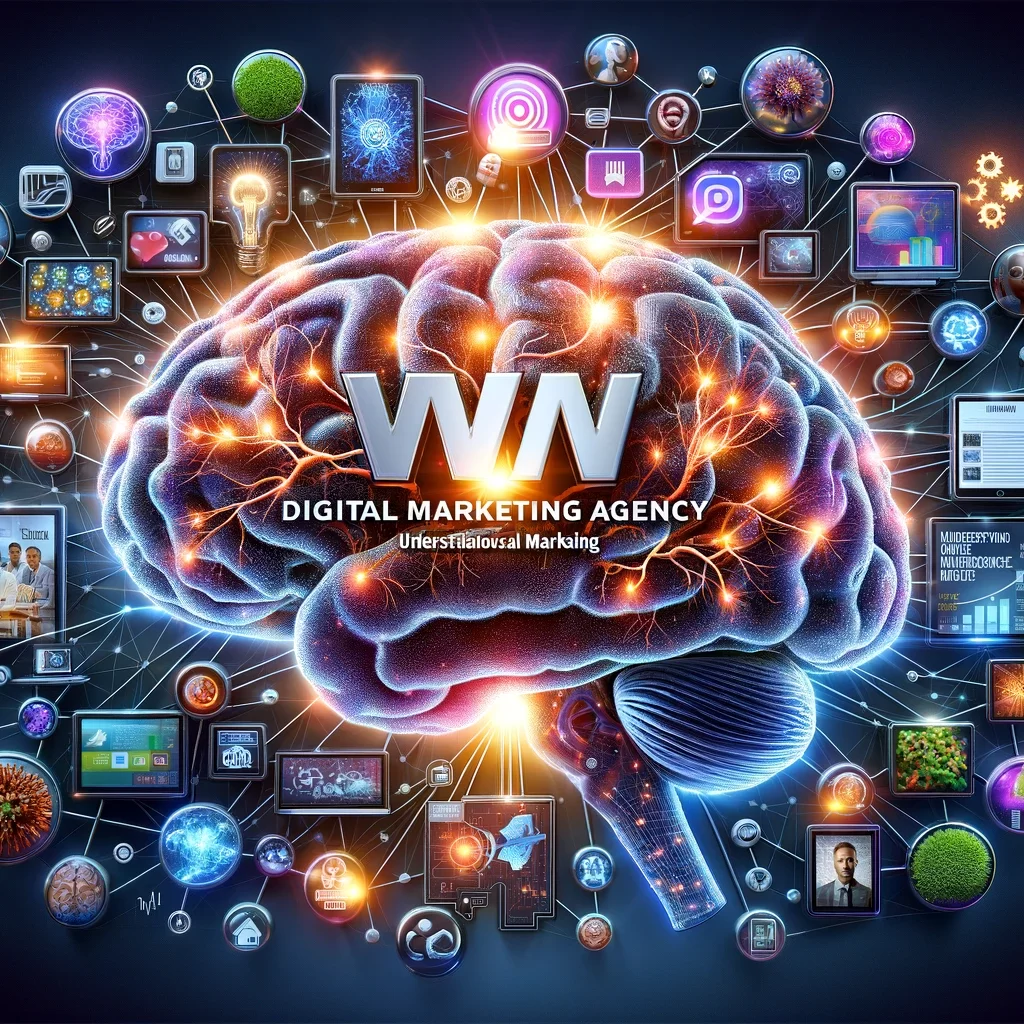
I’m thrilled to take you on a fascinating journey into the world of neurological marketing, brought to you by WW Digital Marketing Agency. Imagine stepping into a world where science and creativity blend so beautifully that it can read your mind, predicting what you’ll love even before you know it. That’s the magic of neurological marketing, a groundbreaking approach that combines the insights of neuroscience with the art of marketing to create strategies that speak directly to the brain.
In today’s fast-paced marketing landscape, understanding what makes consumers tick is more important than ever. With advertisements bombarding us from every direction, traditional marketing methods are finding it hard to cut through the noise. That’s where neurological marketing steps in, shining a light on the unseen processes that guide our decisions, emotions, and preferences.
At the heart of this innovative approach is a simple yet profound intersection between neuroscience and marketing. Neuroscience, the study of the nervous system and the brain, offers a window into the intricate workings of the human mind. Marketing, on the other hand, seeks to connect with that mind, influencing decisions and shaping perceptions. By merging these two fields, neurological marketing uncovers the hidden triggers that lead to a ‘yes’ from consumers, enabling brands to craft messages that resonate on a deeply personal level.
So, why is this important for businesses and consumers alike? In an era where choice is abundant, understanding the neurological underpinnings of consumer behavior can be the difference between a product that flies off the shelves and one that languishes unnoticed. For businesses, this means more effective marketing campaigns, better product designs, and ultimately, a stronger connection with their audience. For consumers, it promises more personalized and engaging experiences that truly meet their needs and desires.
As we delve deeper into the science behind neurological marketing, we invite you to keep an open mind and imagine the possibilities it holds for transforming the way we connect with our favorite brands. Welcome to the future of marketing, brought to you by WW Digital Marketing Agency, where science meets strategy to create unforgettable experiences.
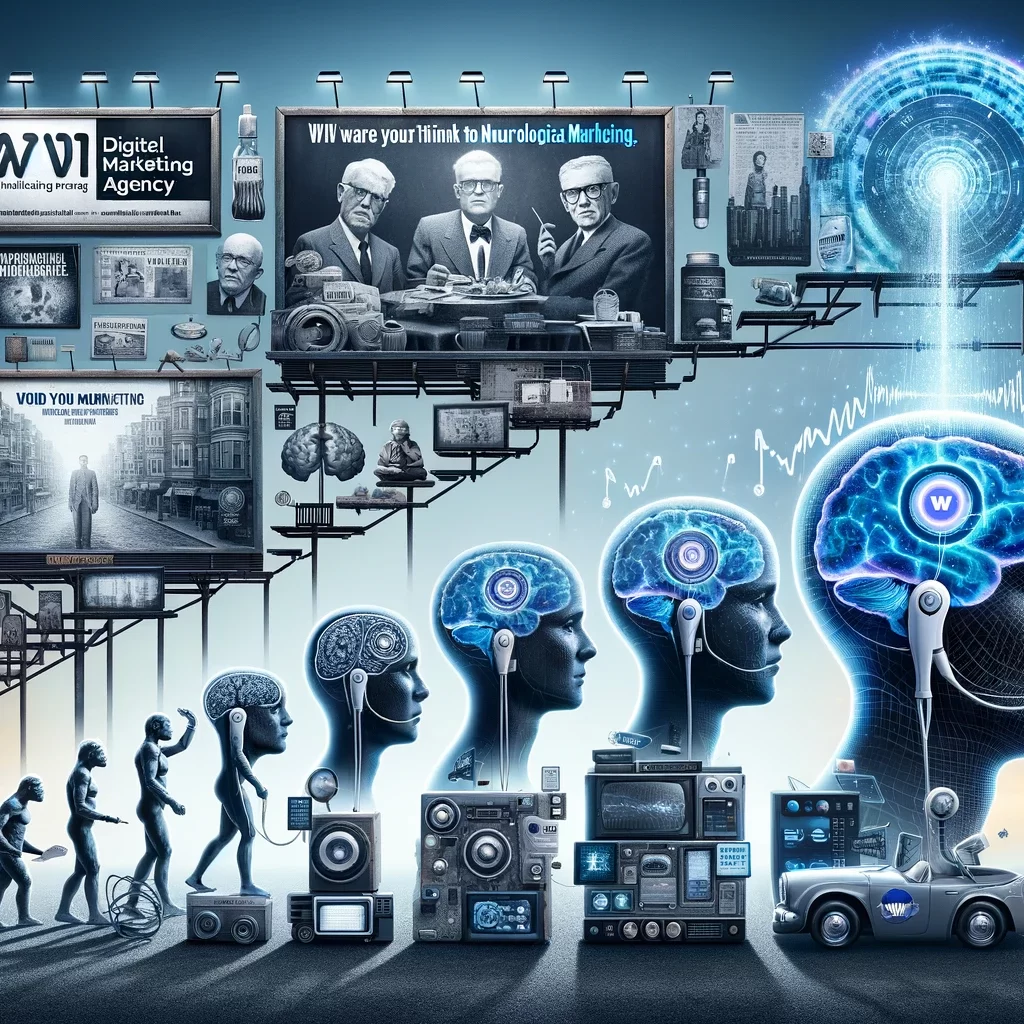
Foundations of Neurological Marketing
Today, we’re exploring the very foundation of this fascinating field, setting the stage for understanding how it’s revolutionizing the way brands connect with their audiences.
Definition and Scope
So, what exactly is neurological marketing? Imagine you have a magical pair of glasses that lets you see not just what people do, but why they do it. Neurological marketing is kind of like those glasses, but for marketers. It uses the science of the brain to understand why we prefer certain products over others, why an ad makes us want to buy something, or how our emotions are tied to our shopping habits.
The objectives of neurological marketing are pretty straightforward but incredibly powerful. It aims to:
- Understand the deep-seated reasons behind consumer decisions.
- Predict how consumers will react to marketing messages and products.
- Enhance the effectiveness of advertising by tapping into the subconscious mind.
In simpler terms, neurological marketing helps brands speak the brain’s language, ensuring their messages are not just heard but felt and remembered.
Historical Context
The story of neurological marketing is a journey from guesswork to precision. In the old days, marketing was a bit like throwing darts in the dark, hoping to hit the bullseye of consumer interest. Marketers relied on focus groups, surveys, and sales data to guess what might work, without truly understanding the ‘why’ behind consumer choices.
The turning point came with advances in neuroscience and technology. Scientists began to unravel the mysteries of the brain, discovering how emotions, memories, and sensory experiences influence our decisions. As this knowledge grew, savvy marketers realized they could apply these insights to create more targeted, effective marketing strategies.
Neurological marketing officially took off in the early 2000s, when brands started using brain-imaging tools to see how consumers react to advertisements and products. This was revolutionary! For the first time, marketers could see beyond the surface, understanding the emotional and neurological reactions that drive consumer behavior.
Neurological marketing has evolved into a sophisticated discipline that blends the latest in brain science with cutting-edge marketing strategies. It’s a testament to how far we’ve come from those days of guesswork, moving towards a future where marketing is not just seen and heard but felt on a deep, neurological level.
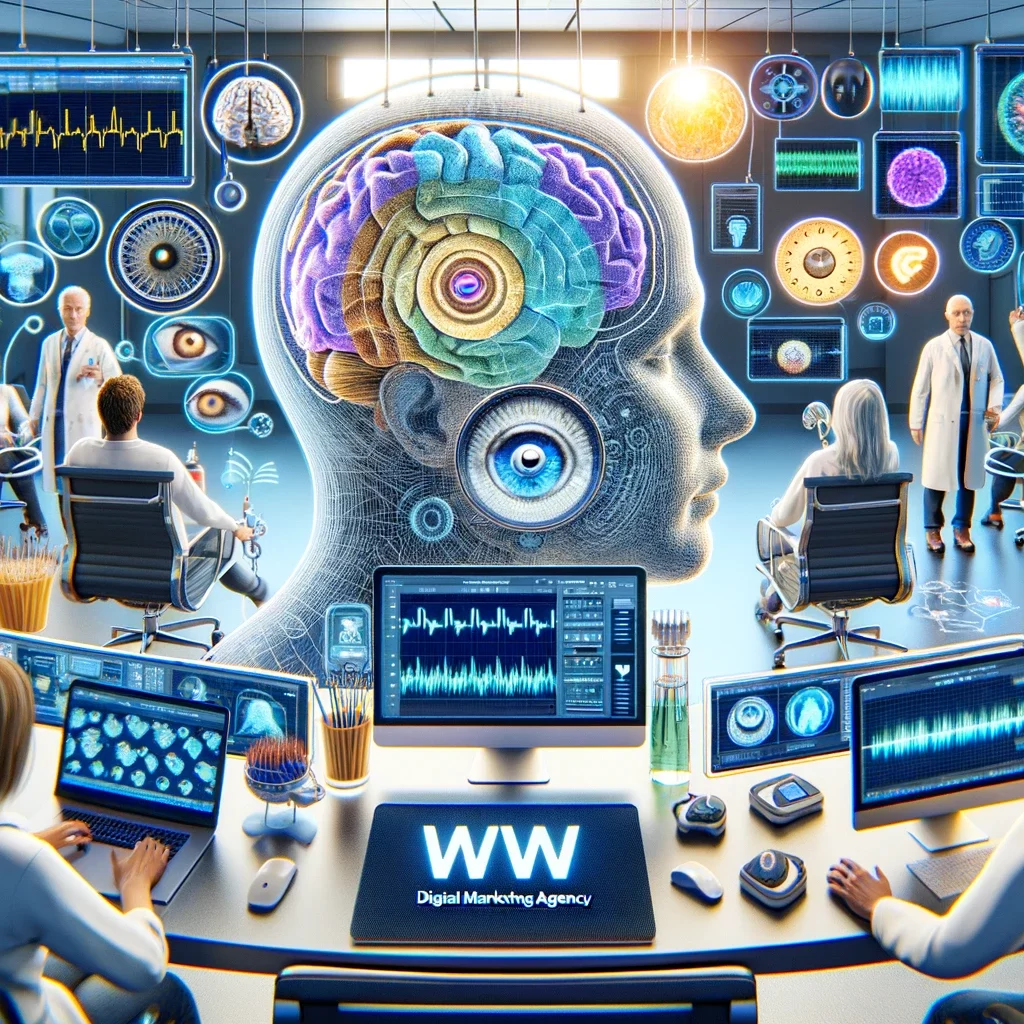
Neuroscience Techniques in Marketing
Hey there! It’s me again, diving deeper into the incredible world of neurological marketing with WW Digital Marketing Agency. Today, we’re exploring the cool, high-tech tools that scientists and marketers use to peek inside our brains and hearts. Yes, you heard that right! We’re talking about the gadgets and techniques that help understand what makes us go “wow” or “meh” when we see a new ad or product.
Brain Imaging Technologies
First up, let’s talk about brain imaging technologies. These are like super powerful cameras that can see what’s happening inside your brain without having to open it up. Pretty cool, huh?
fMRI (Functional Magnetic Resonance Imaging): Imagine you’re watching a movie, and there’s a scene that makes you really happy or scared. An fMRI machine can see which parts of your brain light up during those feelings. It’s like a map that shows which areas get busy when we think, feel, or decide something.
EEG (Electroencephalogram): This one sounds complicated, but it’s basically a special cap you wear that can read your brainwaves. Yes, your brain sends out waves! The EEG cap can tell us how engaged or bored you are when looking at something, like a new toy or a video game.
Eye-Tracking: Have you ever played a game where you need to follow something with your eyes? Eye-tracking is a bit like that. It watches where your eyes go when you’re looking at an ad or a webpage. This helps marketers understand what catches your eye and what you might skip over.
Biometric Methods
Now, let’s move to something a bit different – biometric methods. These are ways to measure what’s happening in your body when you react to something. It’s like having a lie detector that shows how you feel without you having to say a word!
Heart Rate: Your heart beats faster when you’re excited, right? By measuring how fast your heart beats when you see an ad or a product, marketers can tell if it’s something that excites you.
Skin Conductance: This one’s a bit like a superhero power. You know how your palms get sweaty when you’re nervous? Well, there’s a gadget that can measure how sweaty your skin gets, which helps marketers understand how strongly you’re reacting to something.
So, why does all this matter? By using these awesome tools, brands can really get to know what makes us tick. They can create ads that make us feel good, design products that we love, and even improve how we shop online. And that’s pretty amazing because it means less time looking at things we don’t care about and more time enjoying the things we do.
At WW Digital Marketing Agency, we’re all about using the latest and greatest in science and technology to help brands connect with you in the best way possible. We believe that understanding the science behind our feelings and choices can make the world of marketing a much more interesting and fun place.

Understanding Consumer Behavior through Neuroscience
Back to unravel more mysteries of the brain, especially how it relates to the things we buy and love. Today, we’re diving into how understanding our brains can help brands get a sneak peek into our thoughts and feelings, helping them make stuff we really enjoy.
Cognitive Processes and Decision Making
Think of your brain like a super-computer that makes decisions. Sometimes, you think you’re choosing something because you’ve thought it through, like picking your favorite ice cream flavor. But, a lot of times, your brain is making choices without you even realizing it, based on a bunch of quick calculations it does in the background. This is what we call the unconscious mind at work.
Neurological marketing taps into this secret part of your brain. By studying how the brain lights up in different situations, marketers can understand what might make you say “yes” to a new toy or “no” to broccoli-flavored ice cream (unless you’re into that). It’s like having a cheat sheet that helps brands know what you really want, even if you haven’t said it out loud.
Emotional Engagement
Now, let’s talk about feelings. You know how you feel happy when you see a puppy or sad when your balloon pops? Those feelings play a big role in what you buy or like. Neurological marketing looks at how certain ads or products make you feel. If something makes you feel good, you’re more likely to remember it and want it.
Brands use this info to create ads or products that hit you right in the feels, making you more connected to what they’re selling. It’s not just about showing you something cool; it’s about making you feel something special, like that warm, fuzzy feeling you get when you hug your best friend.
Sensory Marketing
Last but not least, let’s talk about your senses. You know how the smell of cookies baking can make you feel cozy and happy? Or how a catchy jingle from a commercial gets stuck in your head? That’s your senses at work.
Neurological marketing uses these tricks, too. By figuring out which smells, sounds, or sights make your brain light up, brands can make ads or products that you’re more likely to notice and remember. It’s like using a secret recipe of sights, sounds, and smells to make something irresistible.
So, there you have it! By peeking into our brains, brands can figure out how to make stuff we really love, not just by guessing, but by understanding what makes us tick, laugh, and even cry. And that’s pretty cool because it means we get better stuff that makes us feel good. Thanks to the brainy magic behind neurological marketing, brought to you by WW Digital Marketing Agency, the future of shopping looks brighter (and more fun) than ever!
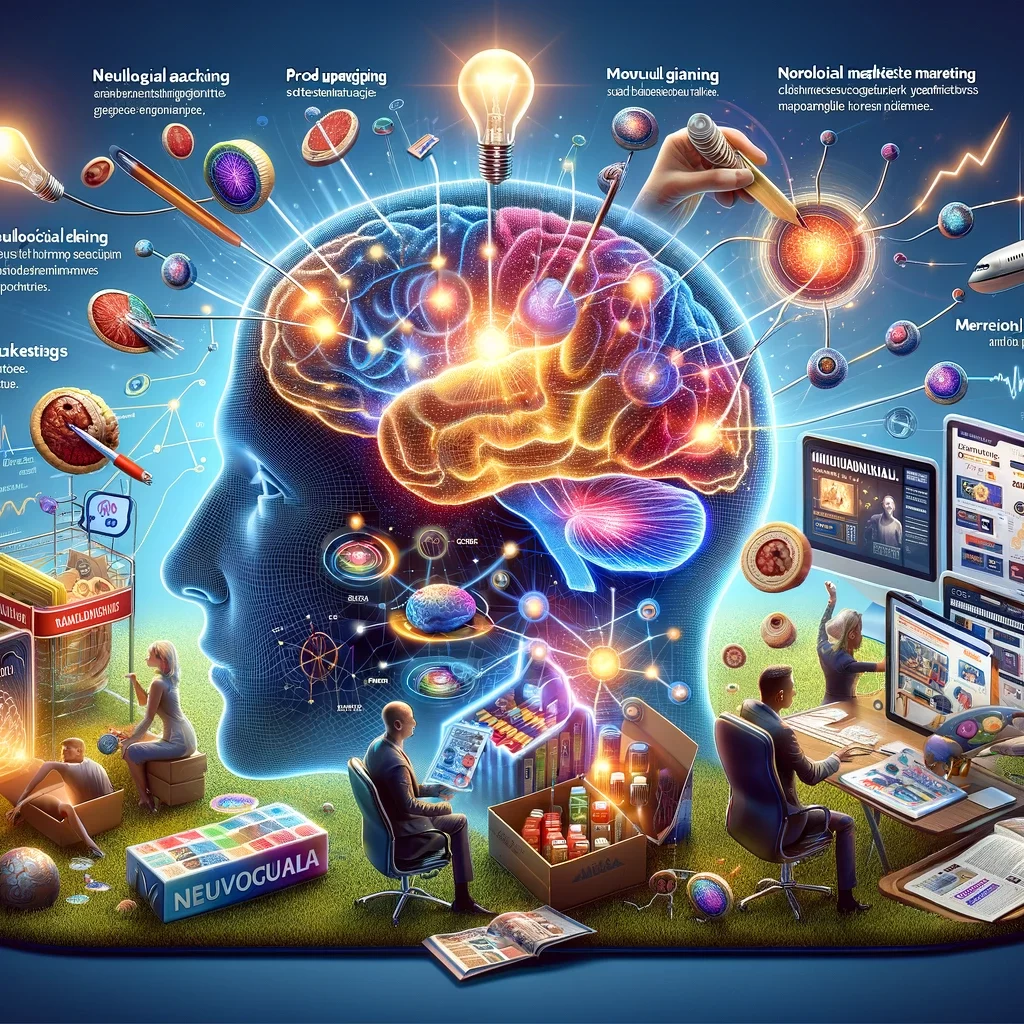
Applications of Neurological Marketing
Let’s dive into how brands are using brain science to make stuff you’re going to love even more.
Product Design and Packaging
Have you ever wondered why some products seem to call out to you from the shelf, making you want to pick them up and take them home? Well, that’s not by accident. It’s by design, and often, neurological marketing plays a big role. By understanding how our brains react to different shapes, colors, and textures, companies can design products and packaging that we’re just naturally drawn to.
For example, did you know that certain colors can make us feel different emotions? It’s true! Brands use this knowledge to choose colors for their packaging that might make us feel happy or excited, which makes us more likely to choose their product. It’s like they’re speaking directly to our brains through the design!
Advertising Strategies
Now, let’s talk about ads. We’ve all seen commercials that make us laugh, cry, or even think. That’s neurological marketing in action. By tapping into what our brains find interesting, funny, or moving, brands can create ads that we remember and talk about.
But it’s not just about making us feel something. It’s also about understanding how our brains see and process information. For instance, using images of people looking directly at us can grab our attention because our brains are wired to return gazes. Clever, right? It’s all about using science to make ads that stick in our minds.
Digital Marketing
Last but not least, let’s zoom into the digital world. Ever notice how some websites just seem easier to use or more enjoyable to browse through? Neurological marketing has a hand in that too. By studying how we interact with digital content, brands can design websites and online ads that fit perfectly with how our brains like to learn and explore.
For example, placing important information in certain spots on a webpage can make it more likely that you’ll notice and remember it. Or using interactive elements can keep you engaged because our brains love a bit of challenge and discovery. It’s all about making the online world a better fit for our brain’s natural preferences.
So there you have it! From the things we buy to the ads we watch and the websites we visit, neurological marketing is helping brands create experiences that we find more appealing, engaging, and memorable. And here at WW Digital Marketing Agency, we’re all about using these insights to help our clients connect with their audiences in the most brain-friendly ways possible.

Ethical Considerations
We are here to chat about a super important topic when it comes to neurological marketing: ethics. You see, with all these cool tools and insights we get from studying the brain, there are some big questions we need to think about, especially about privacy, consent, and the difference between helping you make a decision and making it for you.
Privacy and Consent
Imagine you’re playing a game, and someone peeks over your shoulder to see your cards. That’s not really fair, right? Well, when we talk about looking into how people think and feel using neurological marketing, we have to be super careful to respect everyone’s “personal space,” but in this case, it’s the space inside their heads!
At WW Digital Marketing Agency, we believe that everyone should know when and how their brain data is being used. It’s like asking permission before borrowing something. Brands need to make sure they have clear consent from people before gathering and using their neurological data. This way, everyone feels safe and respected.
Manipulation vs. Persuasion
Now, let’s think about a puppet show. If you’re the puppeteer, you can make the puppets do whatever you want, right? But people aren’t puppets. When brands use insights from neuroscience, they should aim to share information and ideas that help you make your own decisions, not control you like a puppeteer. That’s the difference between persuasion and manipulation.
Persuasion is like when your friend convinces you to try out a new game because they know you’ll enjoy it. Manipulation, on the other hand, is like being tricked into doing something you don’t want to do. At WW Digital Marketing Agency, we stand for using neurological marketing to inform and engage people, not trick them. It’s all about creating a positive connection, not just pushing you to buy something.
So, as we explore the amazing possibilities of neurological marketing, it’s super important to remember these ethical considerations. It’s not just about what we can do, but what we should do to make sure marketing is fair, respectful, and fun for everyone involved.
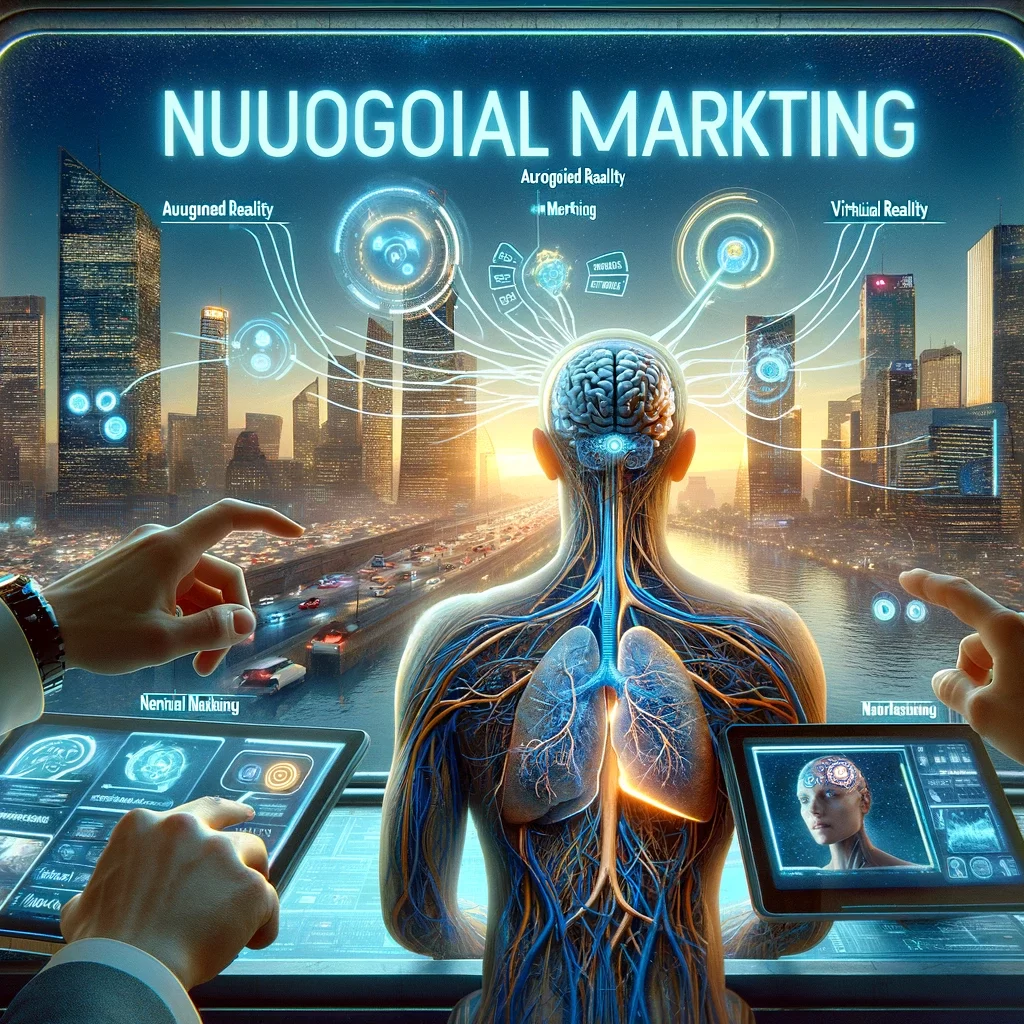
The Future of Neurological Marketing
As we look ahead, the fusion of neuroscience and marketing holds exciting prospects, along with its fair share of challenges and opportunities. Let’s dive into what the future might hold for this fascinating field.
Emerging Technologies and Trends
Imagine a world where ads don’t just talk at you, but interact with you in a way that feels as natural as a conversation with a friend. That’s where we’re heading with the latest developments in neurological marketing. Technologies like augmented reality (AR) and virtual reality (VR) are on the rise, offering immersive experiences that can engage your brain in ways traditional ads never could.
But it’s not just about flashy tech. Advances in understanding the human brain are happening all the time, giving us deeper insights into how emotions, memories, and even the sense of touch influence our buying decisions. For instance, scientists are exploring how neural implants could one day allow us to measure brain activity more directly and accurately than ever before. This could mean creating marketing strategies that are incredibly personalized, based on real-time brain data.
Challenges and Opportunities
With great power comes great responsibility, right? As we venture into these new territories, brands will face challenges in navigating privacy concerns and ethical boundaries. How do we ensure that these advanced technologies are used in a way that respects individual privacy and choice? It’s a big question that will require thoughtful answers.
However, these challenges also open up incredible opportunities for innovation in marketing. By tackling these ethical dilemmas head-on, brands can lead the way in creating a more transparent, customer-centric approach to marketing. This could foster a new era of trust between consumers and companies, where marketing is not seen as intrusive but as a valuable, personalized service.
At WW Digital Marketing Agency, we’re excited about the possibilities that the future of neurological marketing holds. We believe that by embracing these new technologies and trends, while staying committed to ethical practices, we can help shape a future where marketing not only meets the needs of businesses but also enriches the lives of consumers.
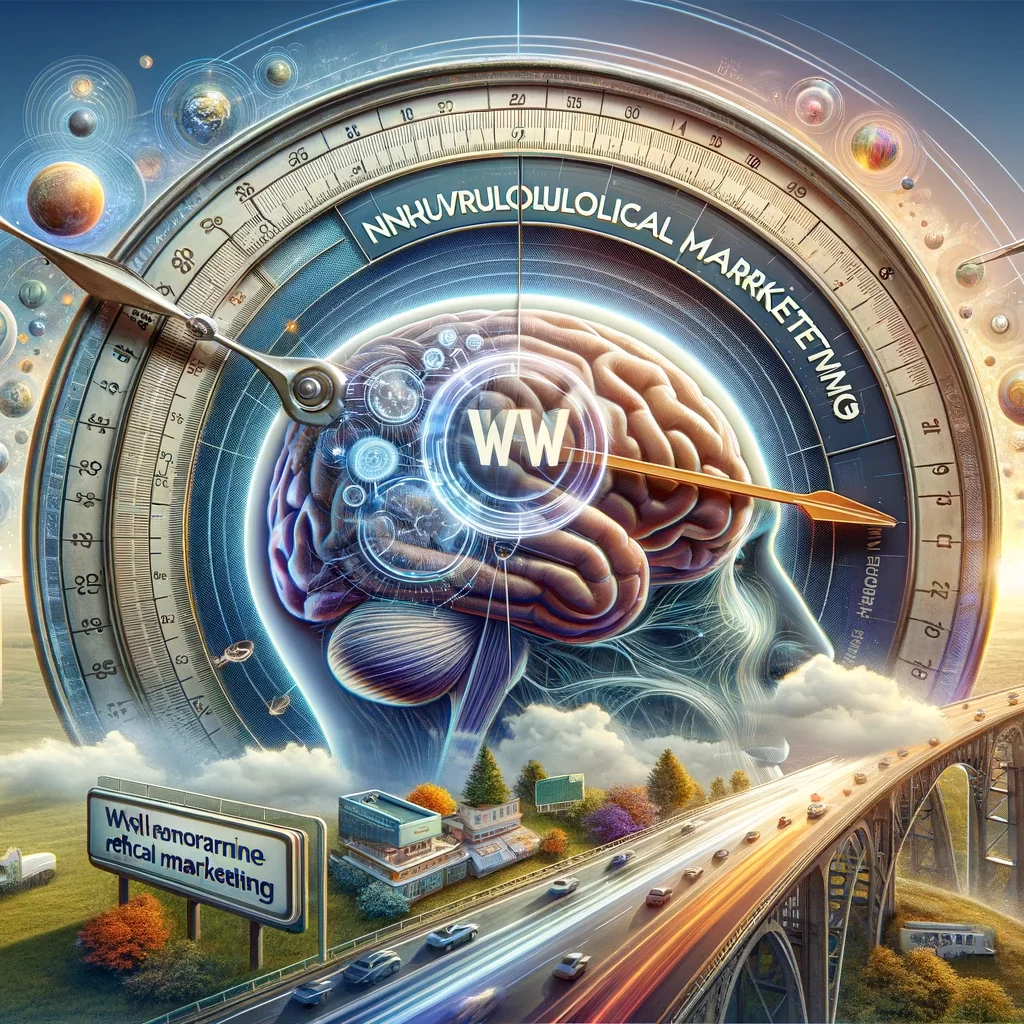
And just like that, we’ve reached the end of our journey into the fascinating world of neurological marketing, brought to you by WW Digital Marketing Agency. It’s been an incredible ride, diving deep into how the wonders of neuroscience are unlocking new doors to connect with consumers on a level we’ve never seen before.
Neurological marketing truly holds transformative potential. It’s not just about selling products; it’s about understanding the heartbeat of consumer behavior. By peeling back the layers of the human mind, brands can craft experiences that resonate deeply, creating a lasting bond with their audience. We’ve seen how colors, sounds, and even the texture of a product can stir emotions and memories, nudging us towards a decision without us even realizing it.
But as we stand on the brink of this new frontier, it’s crucial for brands to tread carefully. The power of neuroscience in marketing is like holding a key to people’s innermost thoughts and feelings. With such great power comes an even greater responsibility to use it wisely and ethically. It’s about respecting privacy, ensuring consent, and above all, using these insights to enhance, not exploit, the consumer experience.
Here at WW Digital Marketing Agency, we believe in the promise of neurological marketing to not only revolutionize how brands communicate but to do so in a way that uplifts and respects the consumer. It’s a call to action for all of us in the industry to harness the power of neuroscience with integrity, pushing the boundaries of innovation while always keeping the well-being of the consumer at heart.
As we look to the future, let’s imagine a world where marketing not only persuades but also enriches, where every message, every product, every experience is tailored to bring genuine value to our lives. That’s the future WW Digital Marketing Agency is committed to helping build—a future where marketing and neuroscience come together to create a landscape of possibilities that benefit us all.




